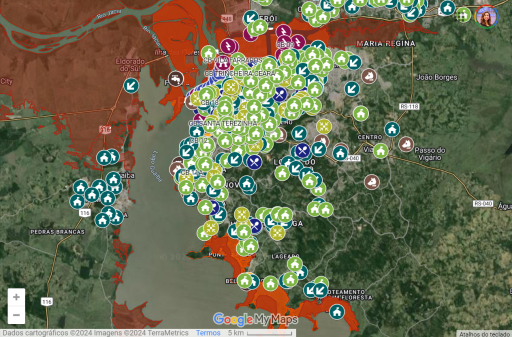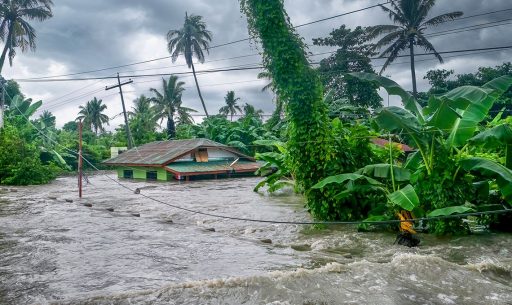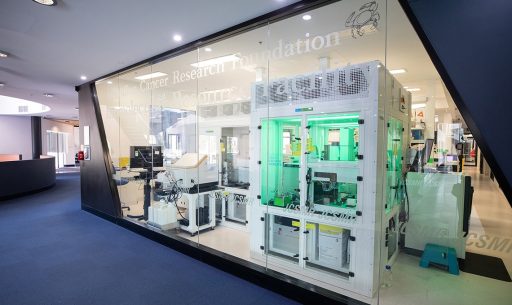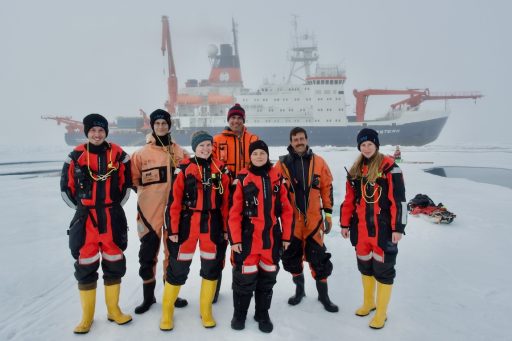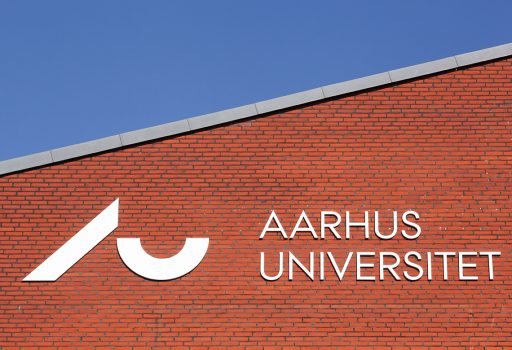A team of network engineers from the Nepal Research and Education Network and researchers from the International Centre for Integrated Mountain Development based in Kathmandu, Nepal have built a sensor network using wireless technologies to monitor high altitude climate change.
Universities played an important role in recovery efforts, with the support of the Brazilian National Education and Research Network (RNP).
A digital transformation is underway that’s making a difference in the the lives of students, teachers and IT staff.
Web platforms and mobile applications allow Kenyan citizens to report health symptoms, enabling national research and education network KENET and partners to spot disease outbreaks.
Researchers at Aarhus University, Denmark, analyse archaeological data to recreate ancient trading strategies with the help of high-performance computing
Mitigation of the effects of natural disasters and major accidents will be supported by a collaboration with the European Union Earth observation program, Copernicus.
Genetics technical specialists at the Biomolecular Resource Facility are using the Globus data movement service through AARNet to share huge datasets with national and international collaborators.
A minimalistic approach to repository architecture provides a solution for universities that reduces costly dependencies, particularly network and storage.
The project brings together climate scientists, oceanographers, atmospheric scientists, information technology specialists, and others to understand the main factors driving climate changes.
The Brazilian Biodiversity Information System has lifted the nation’s monitoring of fauna and flora to a new level.
Why is music so prevalent in all human societies? A group of international and interdisciplinary researchers has now concluded: music is vital for forming coalitions.
Along with Covid-19 came a wave of skepticism towards authorities and science. Danish researchers use supercomputing to analyze social media posts.



